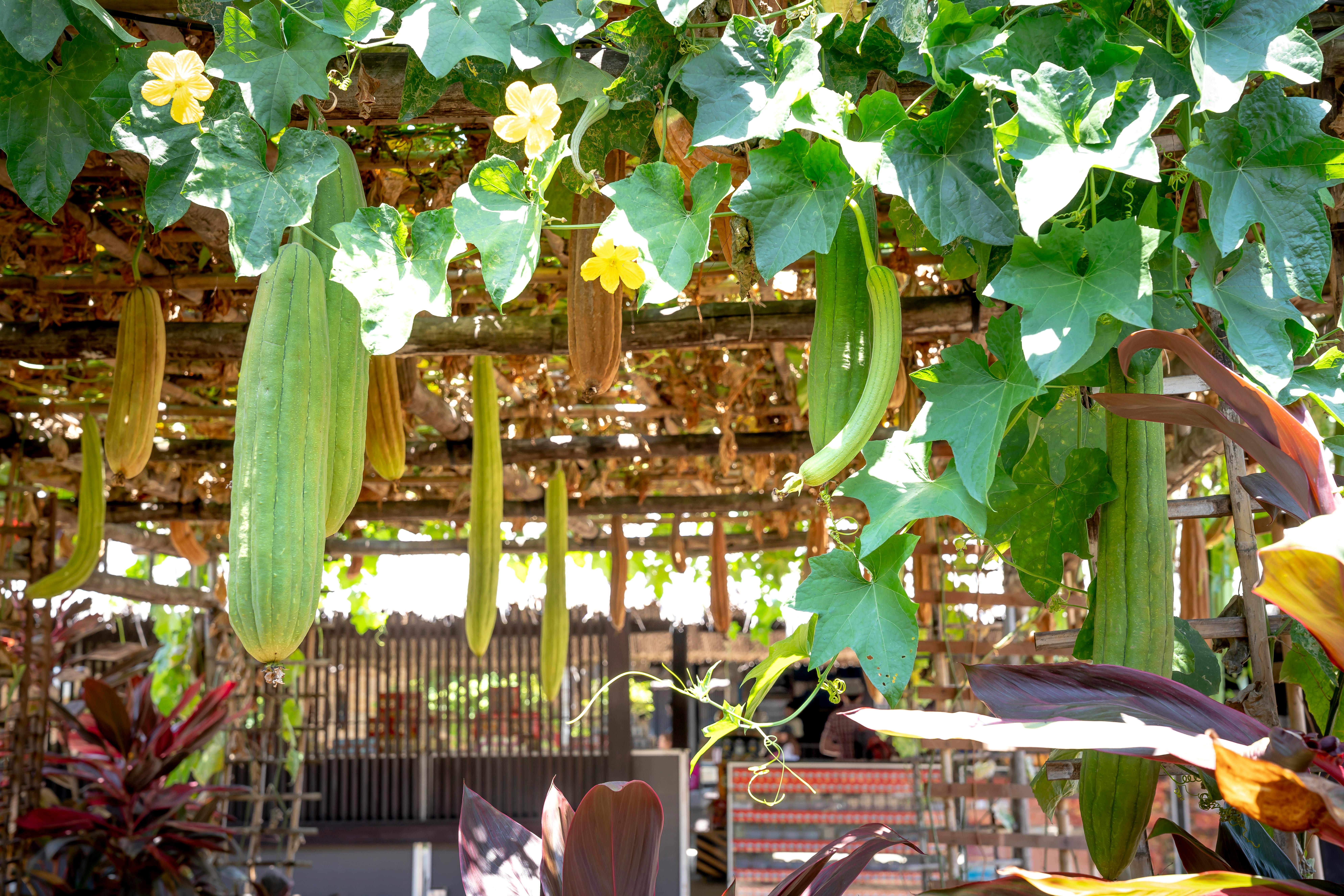Having a roof garden can be a great way to add a touch of nature to your home. Not only is it beautiful, but it can also provide you with fresh fruits, vegetables and herbs. Growing a roof garden is actually quite easy and doesn’t require a lot of maintenance. With the right planning and preparation, you can have an amazing rooftop oasis in no time. In this article, we’ll provide tips on how to create and maintain a successful roof garden.Creating a roof garden is a great way to add some outdoor living space to your home. Here are some tips for creating the perfect roof garden:
1. Choose the right location: You’ll want to choose a spot on your roof that gets plenty of sunlight and has access to water. Make sure the area is large enough and flat enough to hold your garden comfortably.
2. Invest in a waterproof membrane: If you don’t already have one, you’ll need to install a waterproof membrane between your existing roof and the new garden. This will help protect your
What Plants are Best for Roof Gardens?
Creating a roof garden can be a great way to bring nature into an urban setting, or provide you with a place for relaxation and contemplation. With careful planning and selection of plants, you can create a beautiful garden that will thrive on your rooftop. When selecting plants for a roof garden, there are several factors to consider including climate, soil conditions, and the amount of sunlight available.
Most plants prefer full sun, but some may do better in part shade or partial sun. Make sure to select varieties that will thrive in
Types of Soil for Roof Gardens
Roof gardens are an exciting way to bring nature to small spaces and can be an interesting addition to any property. In order to create a successful roof garden, it is important to consider the type of soil that will be used. The type of soil chosen for a roof garden will depend on the climate and plants that will grow in the space. There are several types of soil that can be used for roof gardens including sandy soil, clay soil, loamy soil, and peat moss.
S
Soil Preparation
Proper soil preparation is essential for the success of a roof garden. The soil should be tested to make sure it has the right amount of nutrients and pH level for the plants that will be grown. Compost or other amendments may need to be added to improve the soil quality. The soil should also be tilled or turned to ensure that air and water can move freely through it. After the soil is prepared, it’s important to install a weed barrier to prevent weeds from taking over the garden.
https://images.pexels.com/photos/6129975/pexels-photo-6129975.jpeg
The Benefits of Growing a Roof Garden
Growing a roof garden can offer numerous benefits to homeowners. Not only can it add visual appeal and aesthetic value to a home, but it can also provide much-needed shade, reduce energy costs, and act as an additional layer of insulation for the home. There are many advantages to growing a roof garden and this article will explore them in detail.
The most obvious benefit of growing a roof garden is its visual appeal. A roof garden can be designed to fit any style or taste, from traditional to

How to Make a Rooftop Garden Sustainable
Creating a rooftop garden can be a great way to add character and life to your home or business. However, these gardens are often not sustainable due to their vulnerable nature and limited access to sunlight, water and nutrients. To make your rooftop garden sustainable, there are some simple steps you can take that will help it thrive for years to come.
The first step in making your rooftop garden sustainable is to choose the right plants. Decide which plants will best suit the
Advantages of Growing a Rooftop Garden
Growing a rooftop garden can have many advantages. The most significant advantage of growing a rooftop garden is that it can help reduce energy costs. With the plants providing shade and insulation, the need to use air conditioners and heaters is significantly reduced. This means that energy costs are reduced for both cooling and heating purposes. Additionally, rooftop gardens can help to reduce stormwater runoff, as the plants absorb the water from rain and snow rather than letting it run off into public waterways. The soil in a rooftop garden also helps
How to Choose the Right Containers for Your Rooftop Garden
Creating a rooftop garden is a great way to bring nature to your urban home. To make sure that your rooftop garden is successful, it’s important to choose the right containers for your plants. Here are some tips on how to select the best containers for your rooftop garden.
When selecting containers, you should always consider their size, durability and portability. Large containers are great for trees and shrubs, while smaller ones can be used for annuals and

Conclusion
Growing a roof garden is an excellent way to beautify your home, improve air quality, and reduce energy costs. It requires some extra effort and planning, but it can be a rewarding and enjoyable experience. Investing in quality materials and supplies will help ensure that your garden is successful. You should also research the plants you want to grow, as well as the best practices for caring for them. With some patience and dedication, you can have a beautiful roof garden that will last for years to come.
Finally, keep in mind that growing a
